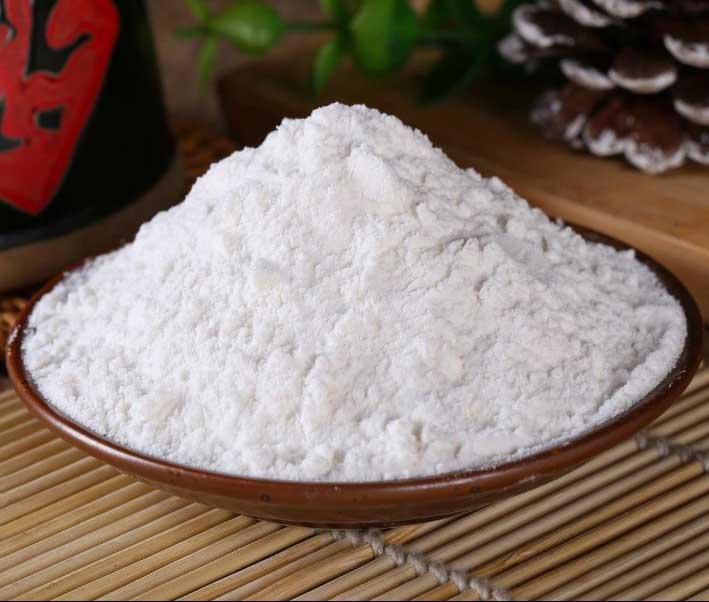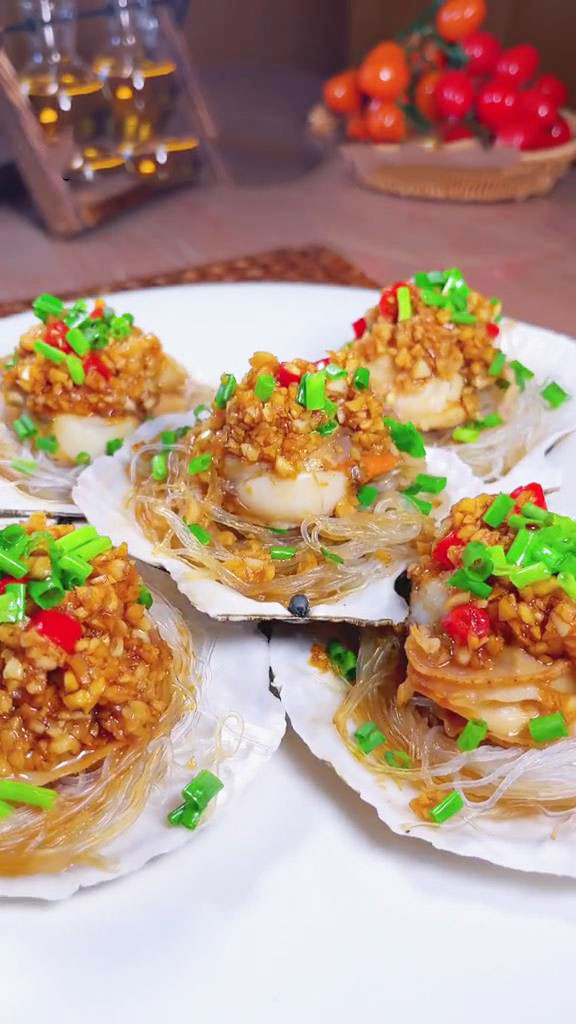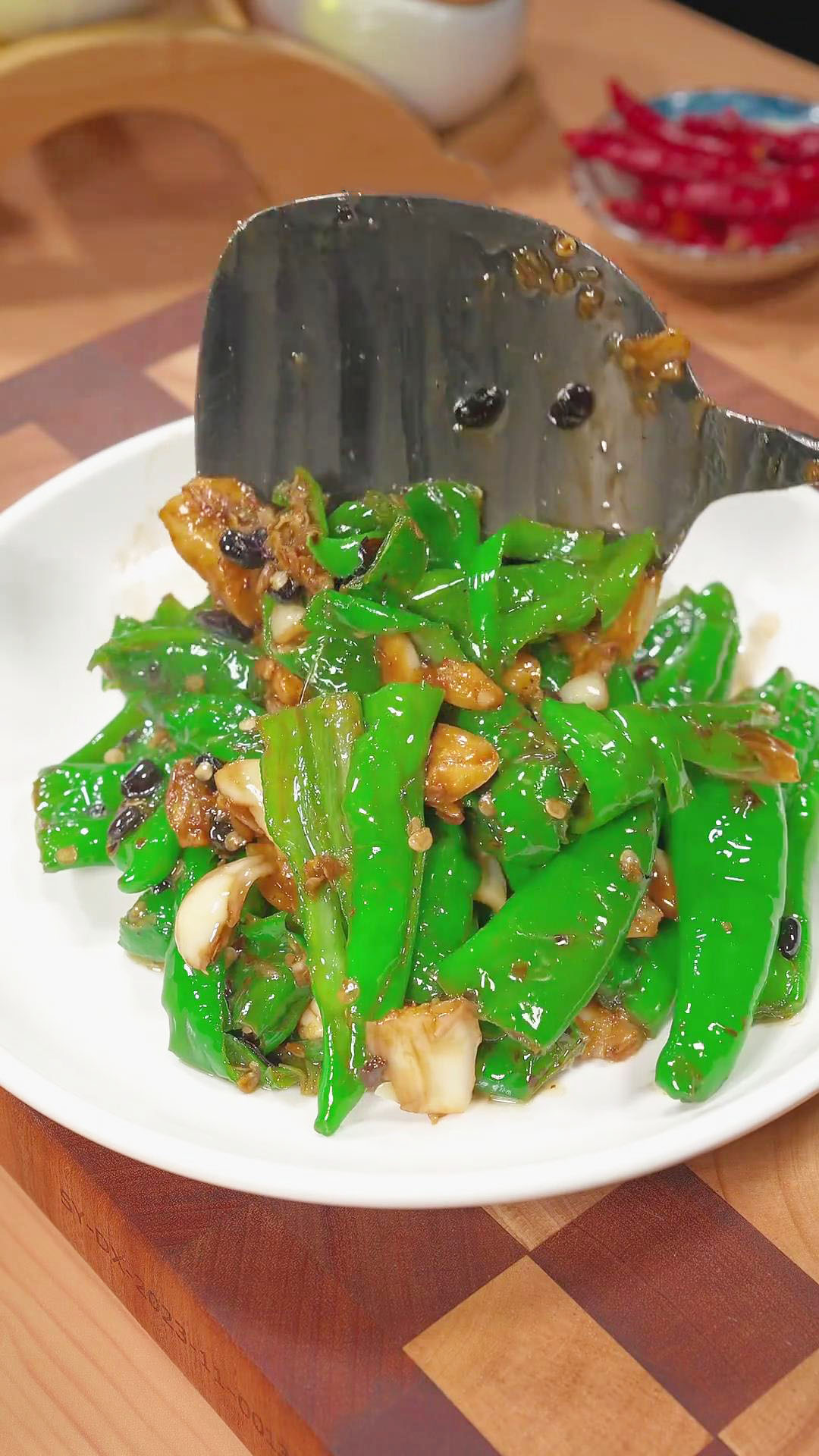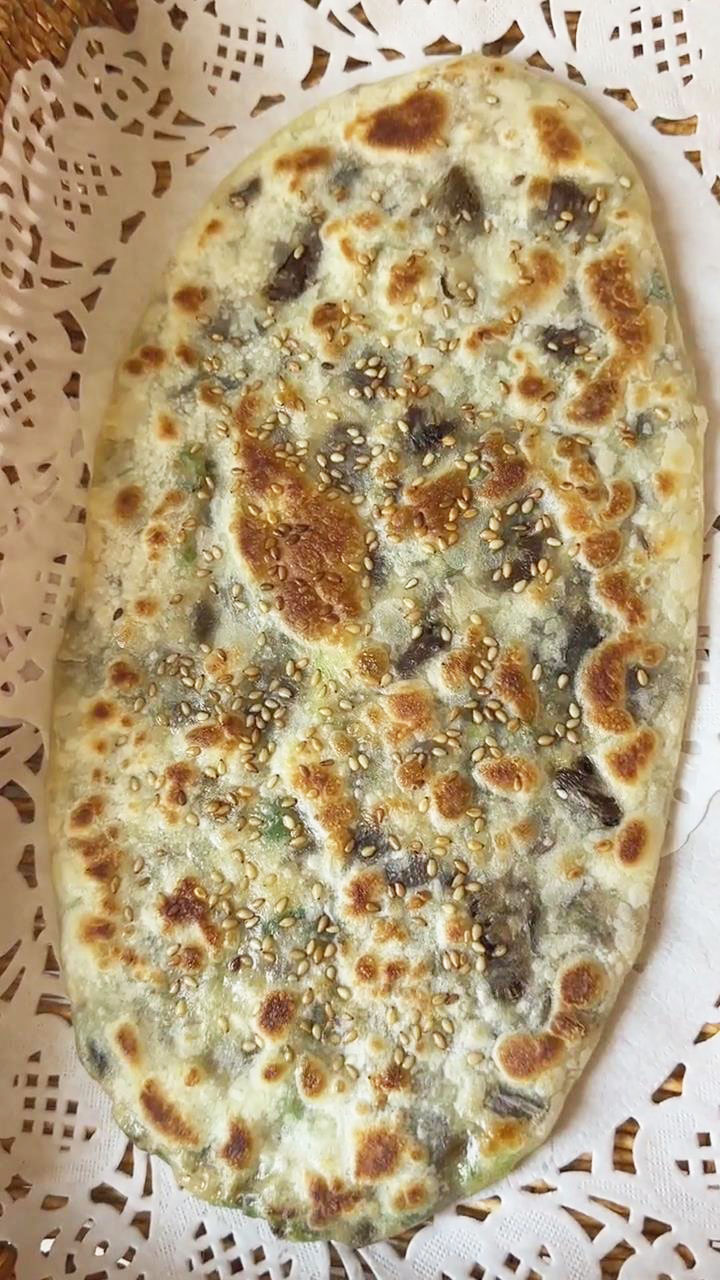Judging by their names, rice flour and glutinous rice flour are often confused as being the same thing. It’s true that both are made from milled rice, but there are still some differences that make them distinct. The taste, color, cooked texture, and usage are some aspects that we look into in this article.
What’s the difference between rice flour and glutinous rice flour? Are they interchangeable? These are some questions this article answers. So, before swapping either of them for the other, read this in-depth guide first.
Rice Flour
What Is Rice Flour?
Rice flour comes from long or medium-grain white rice, the type of regular rice that we eat and cook with rice cookers. It is ground into fine flour powder and has two types: white rice flour and brown rice flour.

Rice

White rice flour is made from japonica, sinandomeng, angelica, or indica, to name a few. It is white and has mild to no flavor at all. On the other hand, brown rice flour is milled from whole-grain rice and is typically denser than the light white rice flour. Its color is creamy white to light brown.
What Is The Taste And Texture Of Rice Flour?
Rice flour has a natural taste and is slightly milder than glutinous rice flour. It is smooth and light in terms of texture. Cooked rice flour becomes stretchy and slightly chewy. For brown rice flour, it generally has a slight sweetness to it and a nutty taste. It is the perfect flour for gluten-free cookies and cakes for its mild sweetness.
What Is Rice Flour Used For?
Rice flour is basically used for baked goods and light batters. It also serves as a thickener for desserts, soups, and stews. You can make various Asian dishes, including Silver Noodles (銀針粉), Crispy Red Bean Pancake, takoyaki, rice cakes, and pastries, to name a few.
What Are Rice Flour Substitutes?
White rice flour and brown rice flour are generally interchangeable. If you don’t have either of the two, there are several alternatives you can use. For baking and frying, use cornstarch, potato starch, or tapioca starch. All-purpose flour and wheat flour also work as cooking and baking substitutes, but these are not gluten-free.
Glutinous Rice Flour
What Is Glutinous Rice Flour?
Glutinous rice flour is also known as sweet rice flour which is either long or short-grain. It is milled flour made from cooked and dehydrated glutinous rice kernels that are ground into fine powder. You may also know glutinous rice as sticky rice and sweet rice.

Glutinous Rice

The color is solid white, as most sweet rice grains are. Interestingly, it is a gluten-free flour that only uses the name glutinous because of its gluey consistency when cooked. Thus, it is the best alternative to wheat flour if you need something gluten-free.
What Is The Taste And Texture Of Glutinous Rice Flour?
As the name suggests, glutinous rice flour becomes sticky, chewy, and firm when cooked. It is smooth and fine, similar to white rice flour. Despite being called sweet rice flour, it has no sweet taste at all. In fact, it only has a neutral flavor similar to white rice flour.
What Is Glutinous Rice Flour Used For?
Glutinous rice flour is needed for many Asian desserts and dishes to become sticky and chewy. You can use it to make Homemade Ham Sui Gok 咸水角 or 10-minute Muah Chee. It is also commonly used for desserts like Boba Without Tapioca Starch, various types of mochi such as Boba Milk Tea Mochi and Matcha Mochi, sesame balls, and coconut desserts. Moreover, it also acts as a thickening agent for sauces and soups like Sweet Chinese Black Sesame Soup (芝麻糊).
What Are Glutinous Rice Flour Substitutes?
Glutinous rice flour can be swapped with other great alternatives, such as arrowroot flour, sorghum flour, and almond flour. Generally, you can also use rice flour, but the results will not be as sticky and chewy as glutinous rice flour. Cornstarch, potato starch, and tapioca starch are also excellent substitutes if you need a thickening agent for soups, sauces, and gravies.
Comparing Rice Flour vs Glutinous Rice Flour
In a nutshell, uncooked white rice flour and glutinous rice flour are generally the same in terms of their powder-like consistency and white color. Both have a neutral taste and are not sweet. What sets brown rice flour apart is its slightly sweet and nutty taste and creamy white color. White rice flour, brown rice flour, and glutinous rice flour are all gluten-free!
The main differences between rice flour and glutinous rice flour are the type of rice used and the texture when cooked. Rice flour is made from medium or long-grain non-glutinous rice, while glutinous rice flour is made from short or long-grain cooked and dehydrated sticky rice. When cooked, glutinous rice flour is a lot chewier and stickier than rice flour. Thus, rice flour is mostly used for thickening, baking, and frying.
Check the table below for a quick comparison of the two.
Table of Comparison – Rice Flour Vs Glutinous Rice Flour
| Aspects | Rice Flour | Glutinous Rice Flour |
| Rice | Medium or long-grain non-glutinous rice (white or brown rice) | Short or long-grain glutinous rice or sticky rice |
| Color | White rice flour: White
Brown rice flour: cream white to lightest brown |
White |
| Taste | White rice flour: Mild to neutral taste
Brown rice flour: Nutty and slightly sweet |
Neutral taste |
| Uncooked Texture | Smooth and light | Smooth and fine |
| Cooked Texture | Slightly chewy | Sticky, chewy, firm |
| Uses | For thickening, baked goods, batter, soups, stews, desserts, noodles, pancakes, takoyaki, and rice cakes | Dumplings, boba pearls, mochi, sesame balls, chewy desserts, sauces, and soups |
| Substitutes | Cornstarch, potato starch, tapioca starch, all-purpose flour, and wheat flour | Arrowroot flour, sorghum flour, almond flour, cornstarch, potato starch, and tapioca starch |
Final Thoughts
Have you tried cooking with rice flour or glutinous rice flour? Share how you used them and any helpful tips for using the two in the comments section below. Be sure to follow Kitchen Misadventures on Instagram and Tiktok for more food-related content.




This is good advice
How do you tell the difference? I got mine from a food bank.